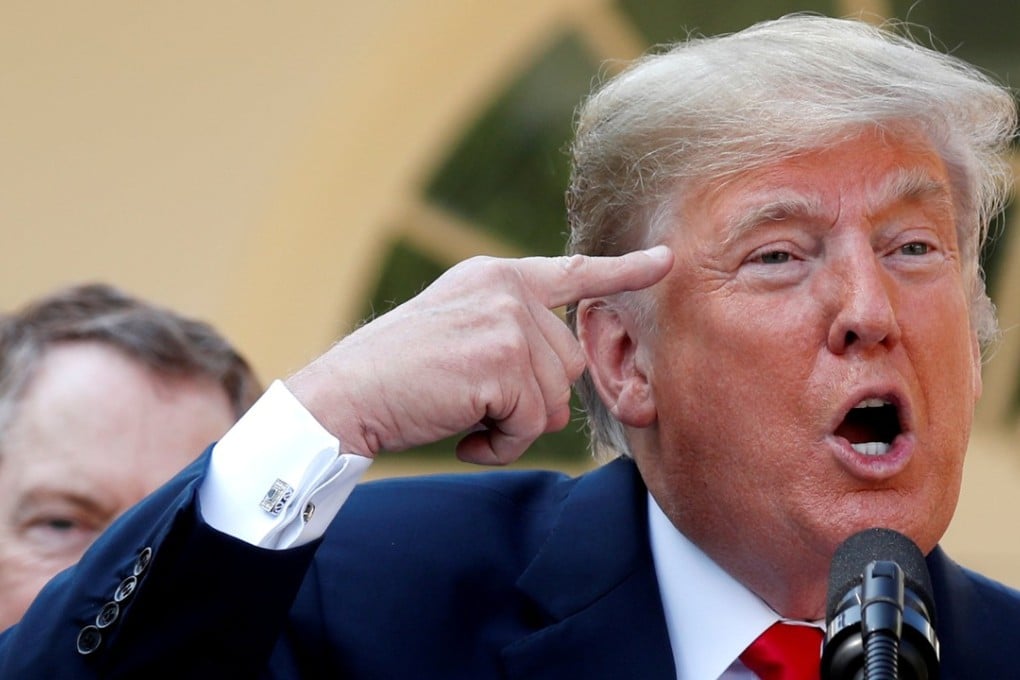Advertisement
Opinion | Will Trump push for an ‘America first’ trade agreement in Asia modelled on his new Nafta deal?
- Dan Steinbock says the US-Mexico-Canada Agreement could become a template for trade deals Trump wants to execute around the world, but it won’t be an easy sell
- In Asia, a deal along the lines of the USMCA could split the region and undermine China’s rise
Reading Time:3 minutes
Why you can trust SCMP

US President Donald Trump seeks to redefine all major free-trade agreements on the basis of US economic and geopolitical leverage. In these efforts, the United States-Mexico-Canada Agreement (USMCA) is likely to serve as a blueprint.
Advertisement
Despite Trump’s hyperbole, the USMCA reads like a mix of Bill Clinton’s North American Free Trade Agreement (Nafta) and Barack Obama’s Trans-Pacific Partnership (TPP). Within North America, the treaty will tighten current restrictions on vehicle parts and introduce new rules for manufacturing in high-wage factories, mainly in the US and Canada, though it may leave major supply networks largely intact. Moreover, Nafta’s dispute settlement mechanism, which the US would have liked to eliminate, will carry over into the USMCA.
For investors, businesses and consumers, the net effect is rising costs.
Internationally, the effects will be more ambiguous but potentially consequential. The contract is peppered with fine-print clauses designed against possible Canadian or Mexican deals with a “non-market economy” (read China), which, through the USMCA, Trump would like to extend into all other major US free-trade agreements.
What’s worse, some provisions could make it easier for companies to challenge environment regulations in the three countries, even before they are adopted. Thus, the USMCA could prolong Trump’s climate damage legacy for years after he leaves office.
Watch: Goodbye Nafta, hello USMCA

Advertisement
